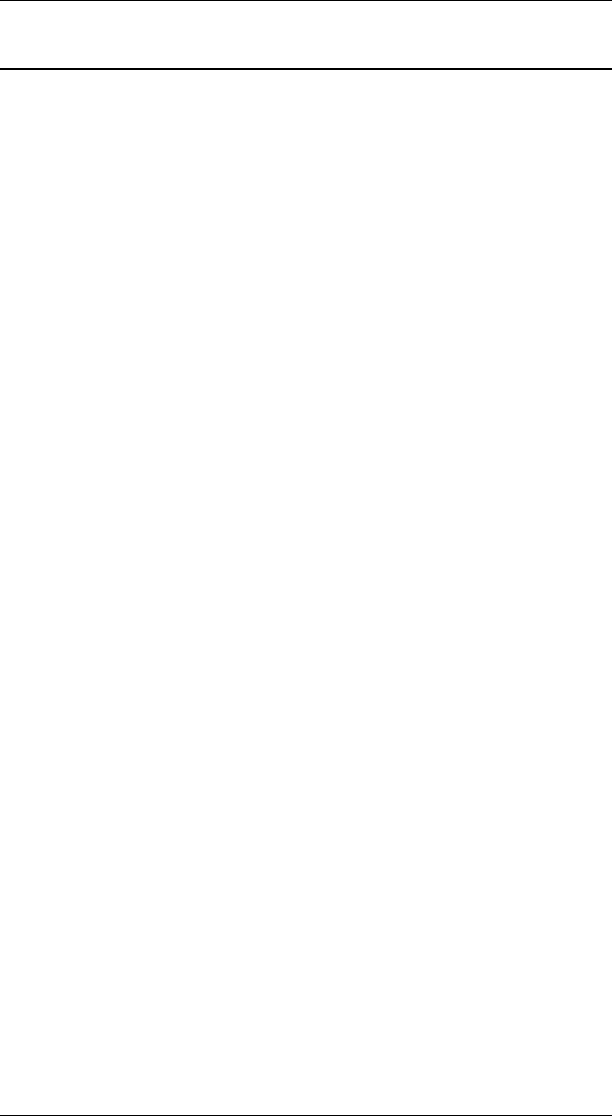
6287 ALLY PLUS User’s ManualPage 5-2
Translate Table Selection
The ALLY PLUS determines the appropriate translation table to use based
upon the users configuration of the ALLY PLUS and the data stream it
receives. The output character set (ASCII or EBCDIC) is determined by the
users configuration of the ALLY PLUS, using Mode A from the front
panel, or configuring from the coax host using Option #02.
The input is detected by analysis of the data stream by the ALLY PLUS.
Input from an alternate host will be in ASCII format. When an EBCDIC
character from the host arrives at the ALLY PLUS, it may be either DSC or
SCS data. See Section 7 SCS Data Streams and Section 8 DSC Data
Streams for more information.
APL tables allow the user to access printable characters not provided in the
standard tables, and they are used in place of the regular tables under the
following circumstances:
In DSC when a 01h appears in the EAB buffer.
In SCS when a graphic escape (08h) precedes the character to be
translated.
The table to be used is selected by the ALLY PLUS by combining the
information from the input and output variables as follows:
Input:
If the data stream is ASCII (from an alternate host), the appropriate
translate table is 0 (for ASCII output) or 6 (EBCDIC output).
If the host data stream is in DSC format, the appropriate translate
table is 2 (for ASCII output), 8 (EBCDIC output), C or G (APL/EAB
output).
If the host data stream is in SCS format, the appropriate translate
table is 4 (for ASCII output), A (EBCDIC output), E or I (APL
output).
Output:
If the ALLY PLUS is configured for ASCII output, the appropriate
translate table is 0, 2, 4, C or E.
If the ALLY PLUS is configured for EBCDIC output, the appropri-
ate translate table is 6, 8, A, G or I.


















